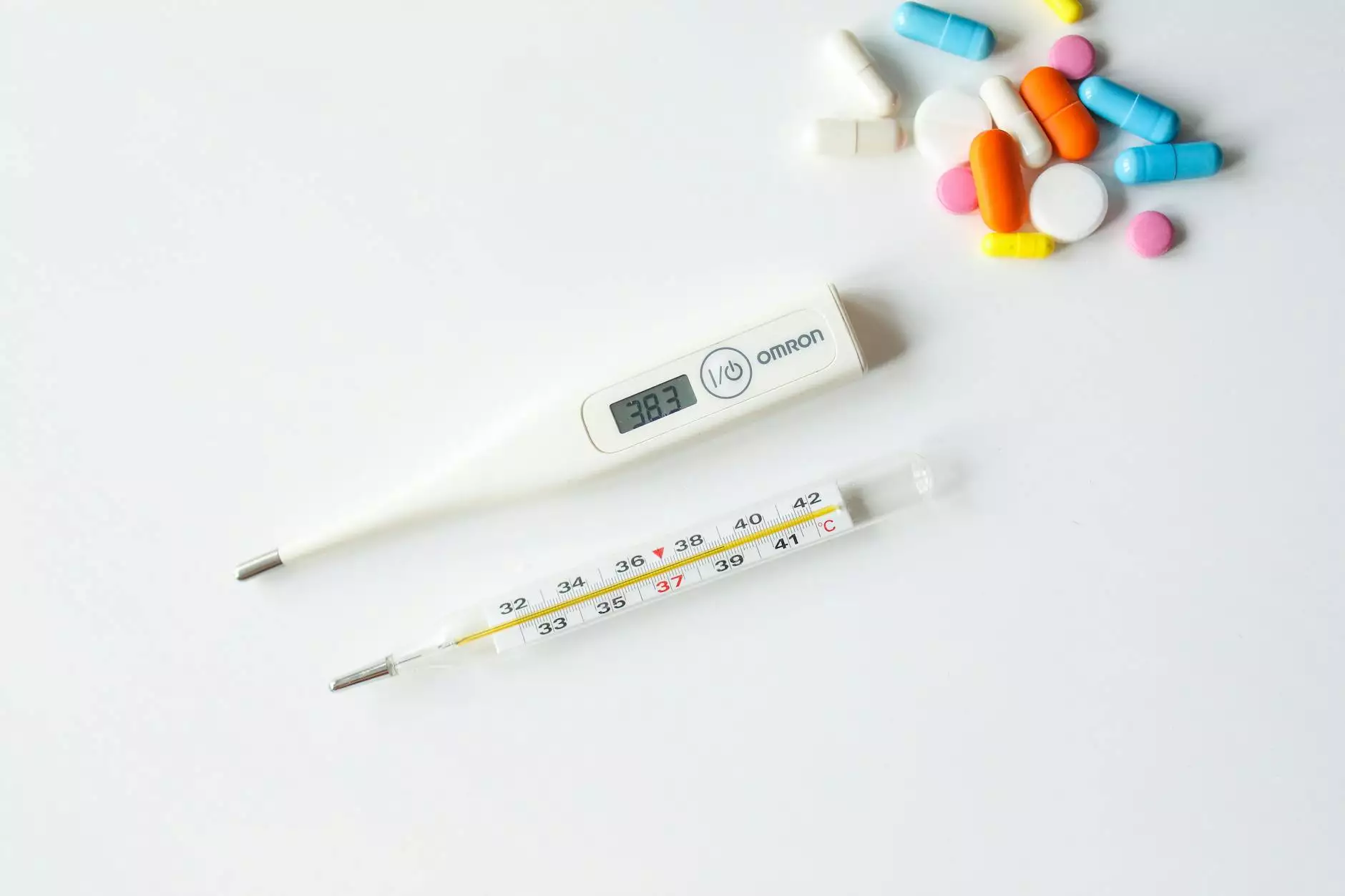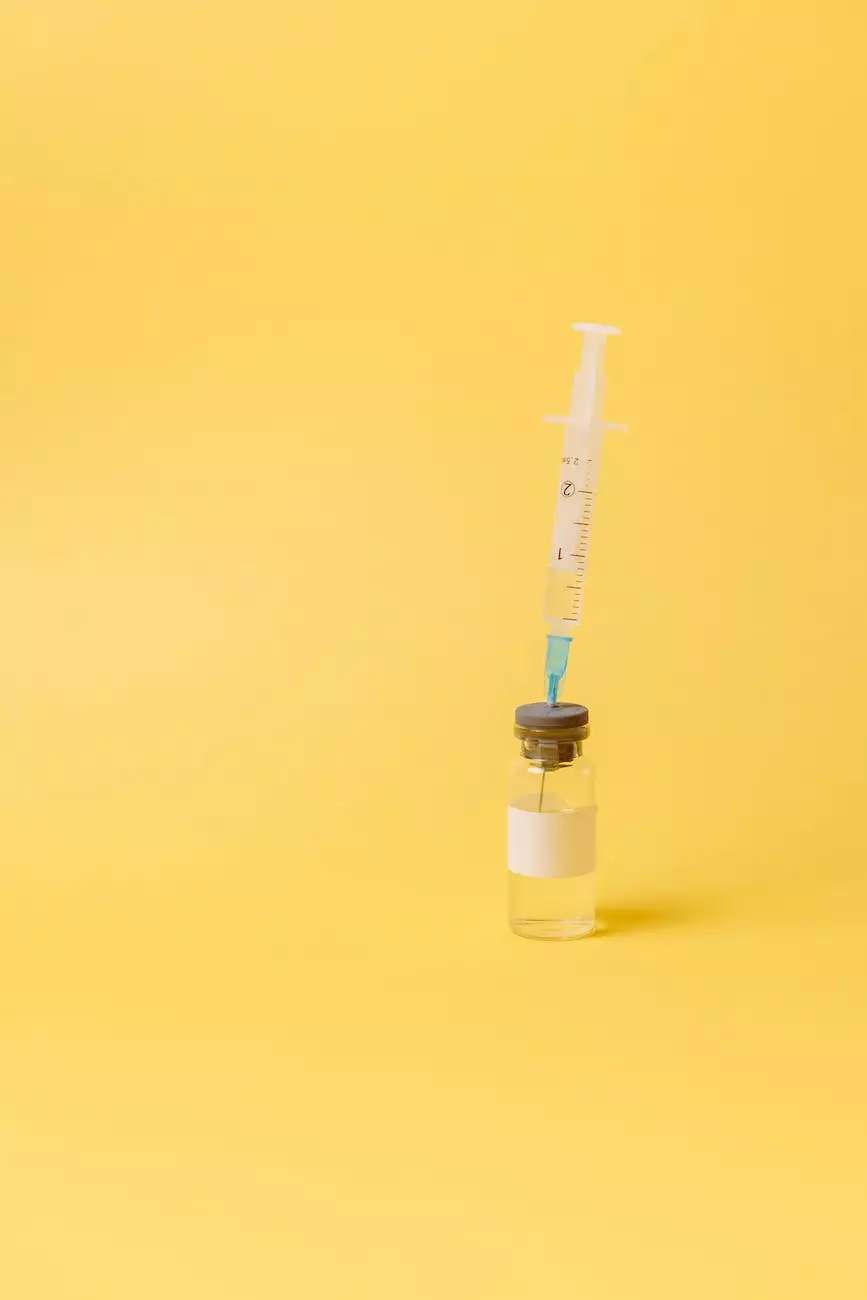High Blood Pressure Diet Ideas
Health
Introduction to High Blood Pressure
High blood pressure, also known as hypertension, is a common health condition affecting millions of people worldwide. It occurs when the force of blood against the artery walls is too high, putting strain on the heart and blood vessels. If left untreated, high blood pressure can increase the risk of serious health problems, such as heart disease and stroke.
Understanding the Role of Diet
While medical intervention might be necessary in some cases, adopting a healthy diet can significantly contribute to managing and reducing high blood pressure. Making informed food choices and developing a well-rounded eating plan can help regulate blood pressure levels and improve overall health.
Creating a High Blood Pressure Diet Plan
When designing a high blood pressure diet plan, it's essential to focus on nutrient-rich foods that promote heart health and lower blood pressure. Here are some key guidelines to follow:
1. Emphasize Fruits and Vegetables
Include a variety of colorful fruits and vegetables in your diet. These are rich in essential nutrients, fiber, antioxidants, and potassium, which can help regulate blood pressure. Opt for fresh, frozen, or canned options without added sugars or salt.
2. Choose Whole Grains
Replace refined grains with whole grains like brown rice, quinoa, and whole wheat bread. Whole grains are high in fiber and can help lower blood pressure and maintain a healthy weight.
3. Include Lean Protein Sources
Incorporate lean protein sources into your meals, such as skinless poultry, fish, beans, and legumes. These provide essential nutrients without excessive saturated fat that can negatively impact blood pressure.
4. Limit Sodium Intake
Monitor your sodium (salt) intake, as excessive sodium consumption is strongly associated with high blood pressure. Aim for no more than 2,300 milligrams of sodium per day, or even lower if advised by your healthcare provider.
5. Reduce Added Sugars and Sweets
Limit the consumption of sugary beverages, desserts, and processed snacks. High sugar intake can lead to weight gain and increased blood pressure levels.
6. Cut Back on Alcohol
While moderate alcohol consumption may have some health benefits, excessive drinking can raise blood pressure levels. If you choose to drink, do so in moderation, which means up to one drink per day for women and two drinks per day for men.
7. Be Cautious with Caffeine
Caffeine can temporarily elevate blood pressure, so it's advisable to limit your intake from coffee, tea, energy drinks, and other caffeinated beverages. If you're sensitive to caffeine, consider opting for decaffeinated versions.
8. Avoid Trans Fats
Avoid products containing trans fats, such as fried foods, certain fast-food items, and commercially baked goods. Trans fats can contribute to inflammation, weight gain, and increased blood pressure.
9. Monitor Portion Sizes
Be mindful of your portion sizes, as overeating can lead to weight gain and increased blood pressure. Use smaller plates, chew slowly, and pay attention to your body's hunger and fullness cues.
10. Stay Hydrated
Drink an adequate amount of water throughout the day to stay hydrated. Proper hydration is essential for maintaining healthy blood pressure levels.
Consult a Healthcare Professional
It's important to note that individual dietary needs may vary based on specific health conditions and medications. Therefore, it's advisable to consult a healthcare professional, such as Kelley Tim PA-C, before making significant dietary changes or starting any new eating plan.
Conclusion
Incorporating a high blood pressure diet plan into your lifestyle can have a profound impact on managing hypertension and improving overall health. By following the recommended guidelines, emphasizing nutrient-rich foods, and making informed choices, you can take control of your blood pressure and reduce the risk of associated complications.
References:
- "Diet and Hypertension." American Heart Association.
- "Managing Blood Pressure with a Heart-Healthy Diet." Mayo Clinic.
- "Your Guide to Lowering High Blood Pressure." National Heart, Lung, and Blood Institute.









